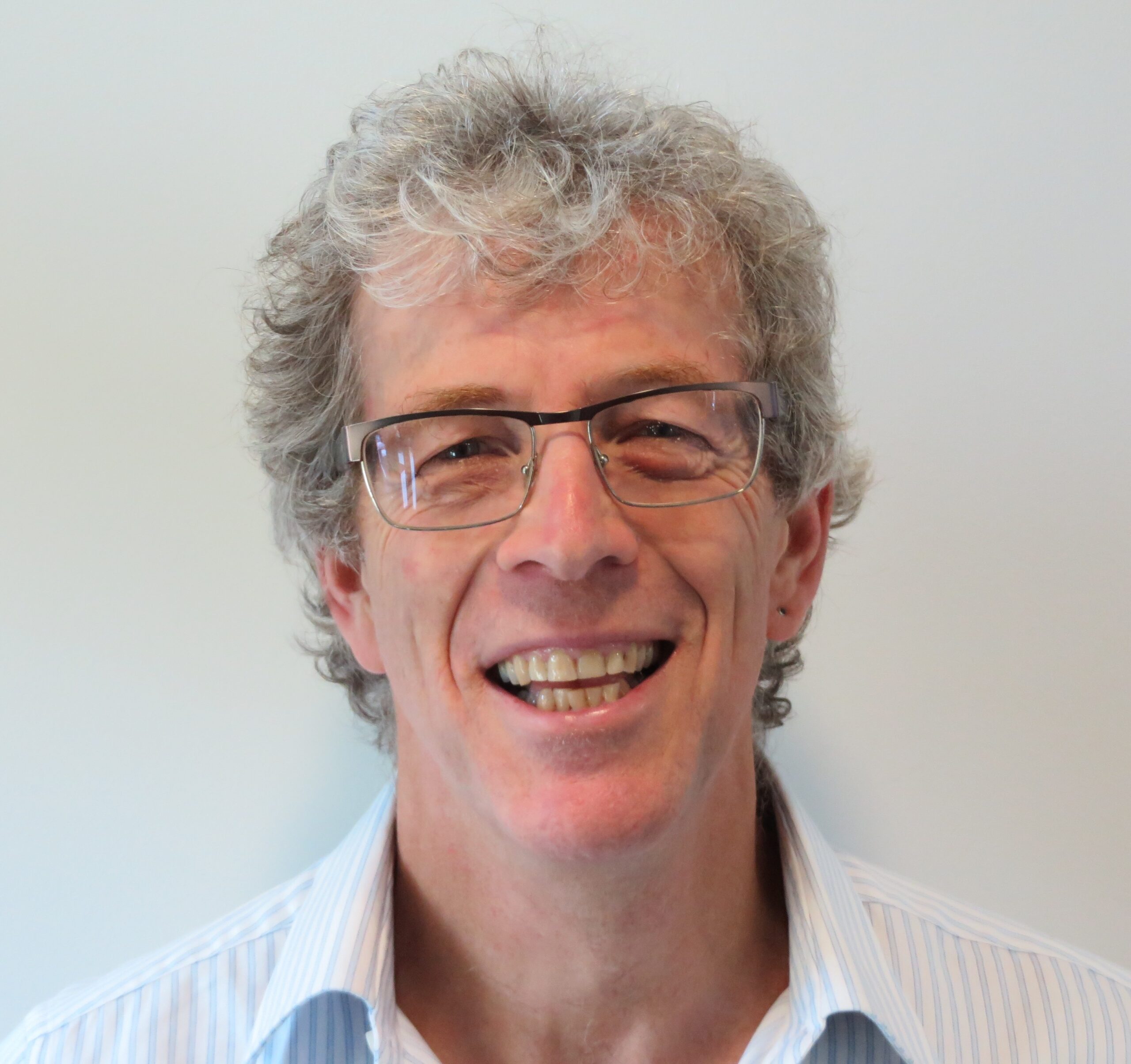 James Bennett-Levy, Ph.D., University of Sydney, Australia
James Bennett-Levy, Ph.D., University of Sydney, Australia
Guest Author
“Your growth as a cognitive therapist will be enhanced if you start applying the tools described in this book to yourself.” J. Beck (1995)
So wrote Judith Beck in the 1995 edition of Cognitive Therapy: Basics and Beyond. Seven years earlier, I had done a 6-month training in CBT at the Institute of Psychiatry, London. Soon after commencing, I was struck by the potential relevance of CBT not only to patients but to my own life. So I said to a fellow trainee: “Why don’t we try CBT out on ourselves?” The experience was eye-opening and turned out to be the genesis of the self-experiential training strategy known as self-practice/self-reflection (SP/SR). I piloted SP/SR as a training strategy for the first time in 1998, fortified by Judith Beck’s and Christine Padesky’s assertions of the importance of practicing CBT techniques on oneself. Now, after 17 years of SP/SR research, we have published the first SP/SR manual, Experiencing CBT from the Inside Out: A Self-Practice/Self-Reflection Workbook for Therapists (Bennett-Levy, Thwaites, Haarhoff & Perry, 2015).
We have learned many things along the way. Researchers in England, Australia, New Zealand, Ireland, Austria and Germany have demonstrated that SP/SR makes a unique contribution to therapist skill development, whether therapists are novices or experienced. A constant refrain from SP/SR participants is that using SP/SR to stand in the patient’s shoes has increased their empathy and understanding and led to a more nuanced approach to therapy. For instance, one experienced therapist reflected: “I feel I have taken away so many important things, but having experienced therapy has deepened my understanding of the importance of a good therapeutic alliance, collaboration, interest, trust, acceptance, compassion…”
Another key finding has been that therapists report that their reflective capacity is enhanced by SP/SR. The 1980s work of Donald Schon (The Reflective Practitioner, 1983) and David Kolb (Experiential Learning, 1984) highlighted the key role that reflection plays in adult learning. SP/SR therapists report becoming more reflective through the process. Consequently, their CBT understanding and skills improve, and they are better able to integrate conceptual, technical and interpersonal aspects of the therapy. More recently, we are also starting to see reports that SP/SR may also increase therapist resilience and decrease propensity for burnout. For a comprehensive SP/SR bibliography, click here).
So what is SP/SR?
Typically, SP/SR comes in a manualized form, with 6-12 modules. Participants work through the modules week-by-week. Each module may take about 2 hours. Participants select a particular problem they wish to work on during an SP/SR program. For novice therapists, we recommend that the problem is a ‘therapist problem’ – typically, this might be ‘to stop criticizing myself and undermining my confidence as a CBT therapist’. For more experienced therapists, we suggest they take either a therapist problem (e.g. ‘my difficulty working with assertive patients’) or a personal problem (e.g. ‘my social anxiety when it comes to public speaking’).
Underpinning the self-practice (SP) element of Experiencing CBT from the Inside Out is a strengths-based, behavioral/experiential approach, designed to reflect contemporary understandings of change processes in CBT. In the first part of the workbook, participants formulate and deepen their understanding of their Old (Unhelpful) Ways of Being. In the second half of the workbook, they create and strengthen their New Ways of Being drawing on experiential strategies such behavioural experiments, imagery and body-oriented interventions and narrative strategies. To amplify the old/new contrast, we have introduced a modified method of formulation, the Old Ways of Being/New Ways of Being Disk model, a transdiagnostic schema-based method of contrasting ‘how I am now’ with ‘how I’d like to be’ for anyone, regardless of their problem.
However, the self-practice (SP) aspect of the SP/SR experience is only half the story. The other equally potent half is the self-reflection (SR). SP/SR modules finish with a series of self-reflective questions, typically something like: What was your experience of using imagery to construct New Ways of Being? How do you understand this experience? What are the implications of your experience for your work with patients? How does your experience affect your understanding of cognitive theory? These reflective questions move the SP/SR participant from personal experience to professional implications. SP/SR is therefore designed as a targeted, focused training strategy, which – in contrast to personal therapy which usually just focuses on the personal – makes an explicit link between the personal and the professional.
We have offered SP/SR to groups of participants ranging from interns and assistant psychologists through to experienced supervisors. Invariably, the experience of those who engage with the program is one of astonishment – new insights, a different experience “from the inside out.” SP/SR works best in groups where participants share their reflections in group forums such as internet message boards. At the start of the program, the group decides how this is done, how frequently, etc. We have learnt that facilitating an SP/SR program requires a different skillset to ‘usual training skills’. So in our new book, we have devoted specific chapters to providing guidelines for both SP/SR facilitators and participants. A key element in fostering engagement with the SP/SR process is ensuring that SP/SR participants feel safe with the process that involves sharing self-reflections. While SP/SR can be done individually or in groups, our recommendation, if you can, is to get together a small group of colleagues – or students in a university program. Then take 2 weeks for each module, sharing the written reflections.
So is experiencing CBT from the inside out important for contemporary CBT therapists? Absolutely! The benefit of SP/SR is that it cuts both ways: it’s a stimulating, challenging way to help our patients by developing our CBT skills – and to make changes for ourselves.